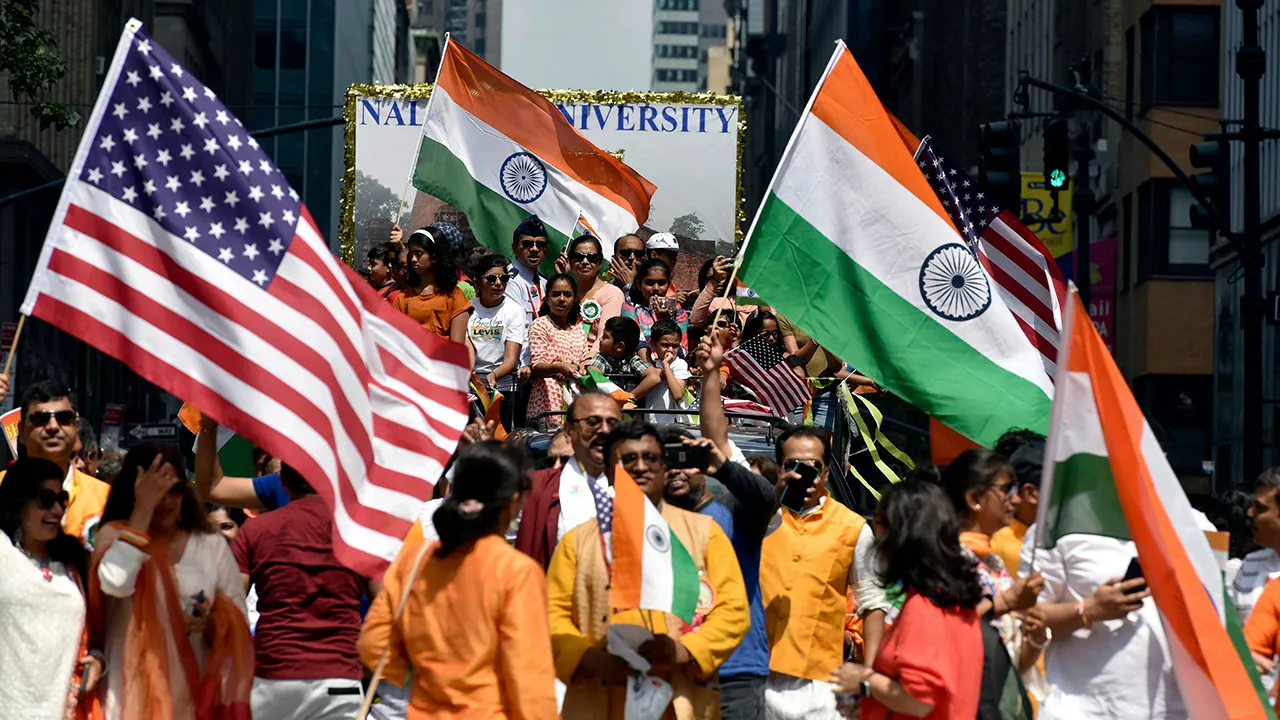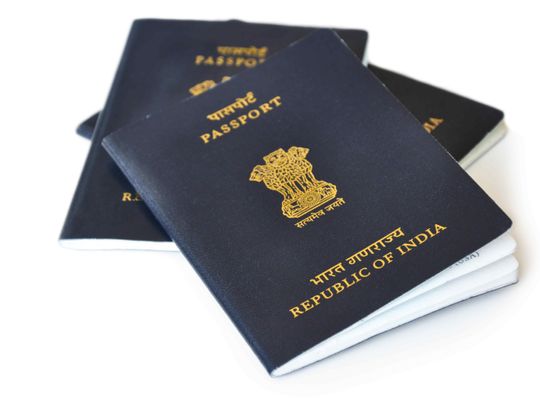-
The Indian American community continues to thrive and evolve, balancing strong cultural roots with high levels of civic, educational, and economic engagement
-
As one of the fastest-growing and most prosperous groups in the U.S., their influence on American society is poised to deepen in the years to come
Over the past two decades, the Indian American community has seen remarkable growth and transformation, solidifying its position as one of the most prominent and successful ethnic groups in the United States. According to a comprehensive fact sheet released on May 1, 2025, by the Pew Research Center, the population of Indian origin in the U.S. now stands at approximately 5.2 million. This makes them the second-largest Asian-origin group in the country, comprising 21% of the Asian American population.
The data, drawn from the 2021–2023 American Community Survey (ACS), reveals significant trends in population growth, educational attainment, language proficiency, income, and geographic concentration of Indian Americans
Rapid Growth and Shifting Demographics
The Indian-origin population in the U.S. has surged by 174% in less than 25 years—from 1.8 million in 2000 to 3.1 million in 2023. Despite this growth, the share of immigrants within this group has declined. In 2000, 73% of Indian Americans were immigrants; by 2023, this figure had dropped to 66%, indicating a rise in U.S.-born individuals of Indian descent. Nevertheless, the absolute number of Indian immigrants rose from 1.3 million to 3.2 million during the same period.
Among them, 51% are now naturalized U.S. citizens, and 60% have resided in the country for over a decade, reflecting a well-established and integrated community.
Education and Language Proficiency
Indian Americans continue to lead in educational achievements. A striking 77% of those aged 25 and older possess a bachelor’s degree or higher, significantly outpacing the 56% rate among all Asian Americans.
Language is another area where Indian Americans excel. Around 84% of individuals aged 5 and above speak English proficiently, compared to 74% across the broader Asian American population. At home, however, many still maintain ties to their cultural roots: 18% speak Hindi, 11% speak Telugu, 10% speak Gujarati, and 7% speak Tamil.
Economic Success
Indian Americans also enjoy notable economic advantages. In 2023, the median annual household income for Indian-headed households was $151,200—substantially higher than the $105,600 median for Asian households overall. Personal earnings also reflect this disparity, with Indian Americans aged 16 and older earning a median annual income of $85,300, compared to $52,400 among all Asian Americans.
Poverty rates within the Indian community are among the lowest, at just 6%, compared to 10% across the Asian demographic.
Geographic Concentration
California is home to the largest population of Indian Americans, with approximately 960,000 residents. Texas follows with 570,000, then New Jersey (440,000), New York (390,000), and Illinois (270,000). At the metropolitan level, New York City leads with 710,000 Indian-origin residents, followed by Dallas (270,000) and San Francisco (260,000).
Religious Diversity
Religious affiliations among Indian American adults are diverse. Nearly half (48%) identify as Hindu, while 15% are Christian, and another 15% are religiously unaffiliated—identifying as atheist, agnostic, or without a specific religion.











